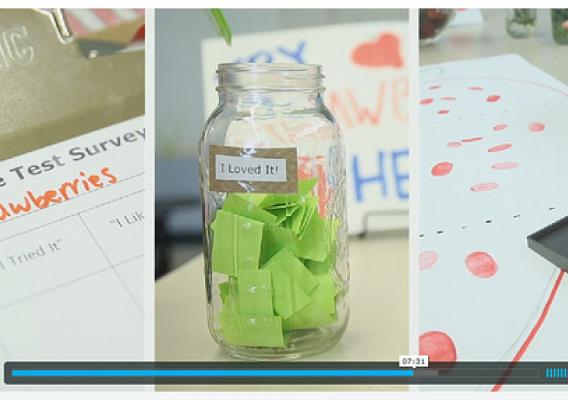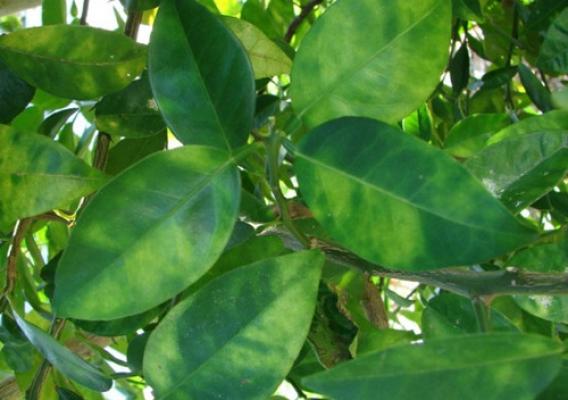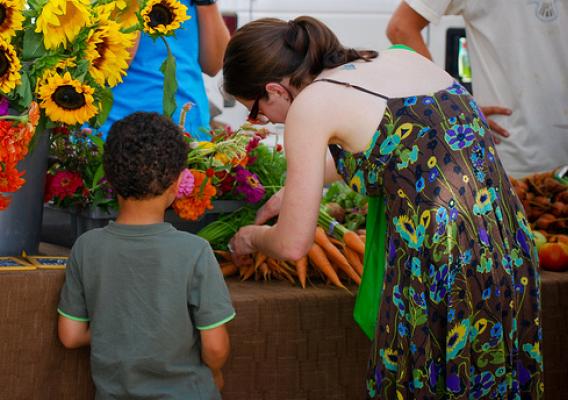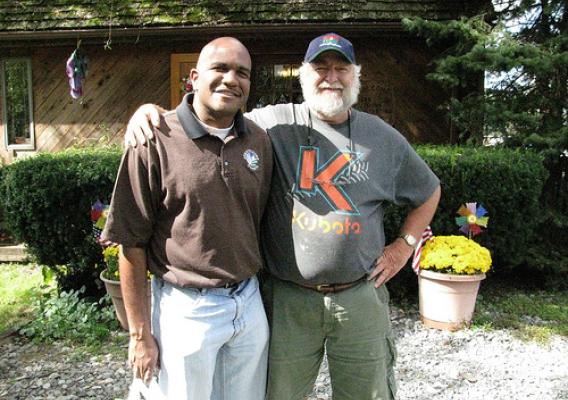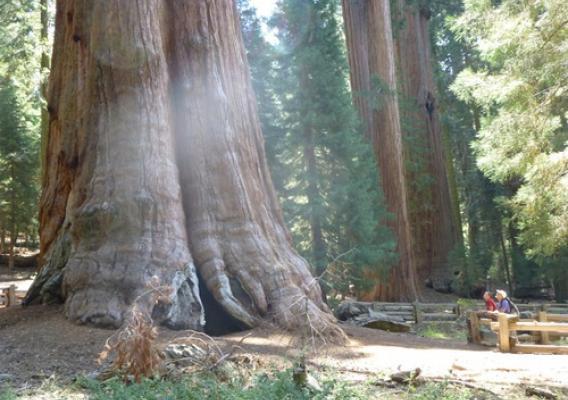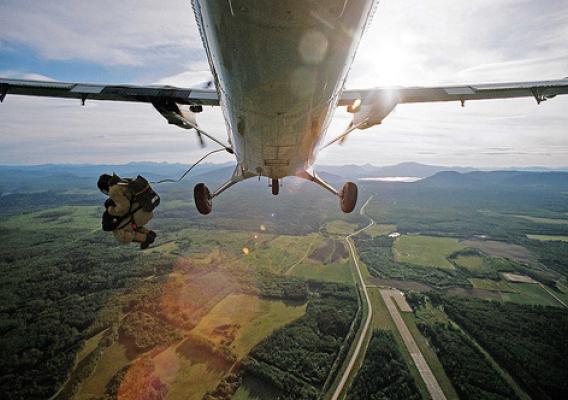This post is part of the Science Tuesday feature series on the USDA blog. Check back each week as we showcase stories and news from USDA’s rich science and research portfolio.
2013 is the International Year of Statistics. As part of this global event, every month this year USDA’s National Agricultural Statistics Service will profile careers of individuals who are making significant contributions to improve agricultural statistics in the United States.
Growing up in the rural community of St. James, Louisiana, I always had a passion for agriculture. In 1992, I earned a Bachelor of Science degree in Agricultural Business from Southern University A&M College in Baton Rouge, Louisiana and earned a Master of Science degree in Agricultural Economics from Washington State University two years later.
For my master’s thesis, I created an economic model analyzing the profitability of the Washington state asparagus industry. To get the data for my thesis, I created and mailed questionnaires, editing and analyzing all of the responses. This experience sparked my interest in the National Agricultural Statistics Service (NASS), and I joined the agency’s California Field Office in 1994.

